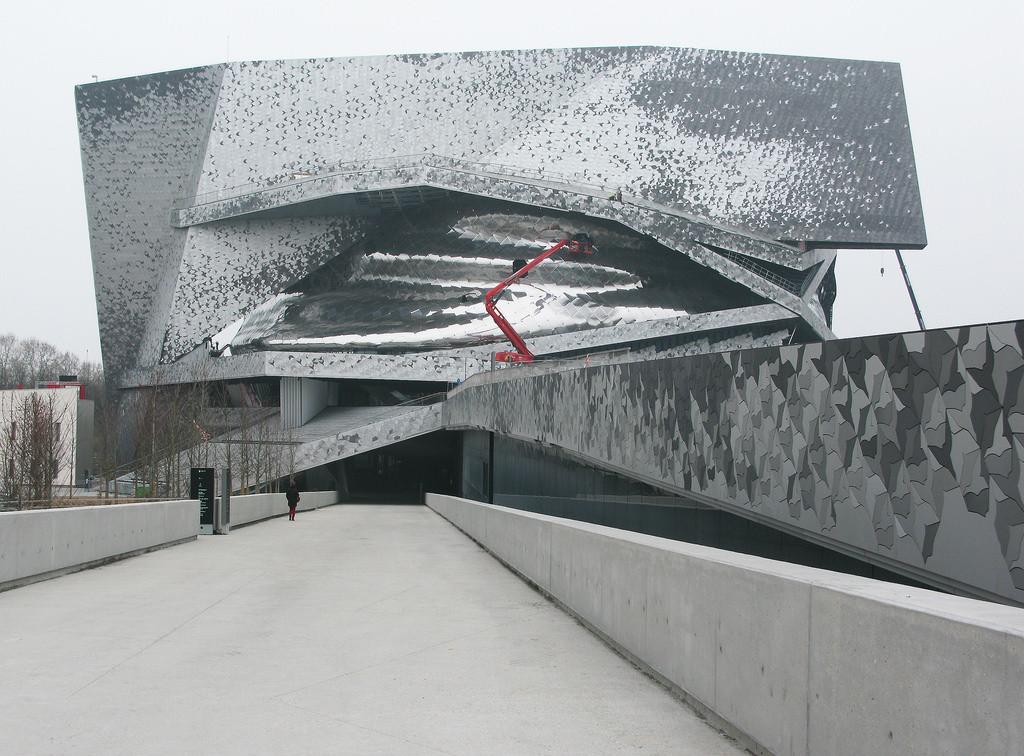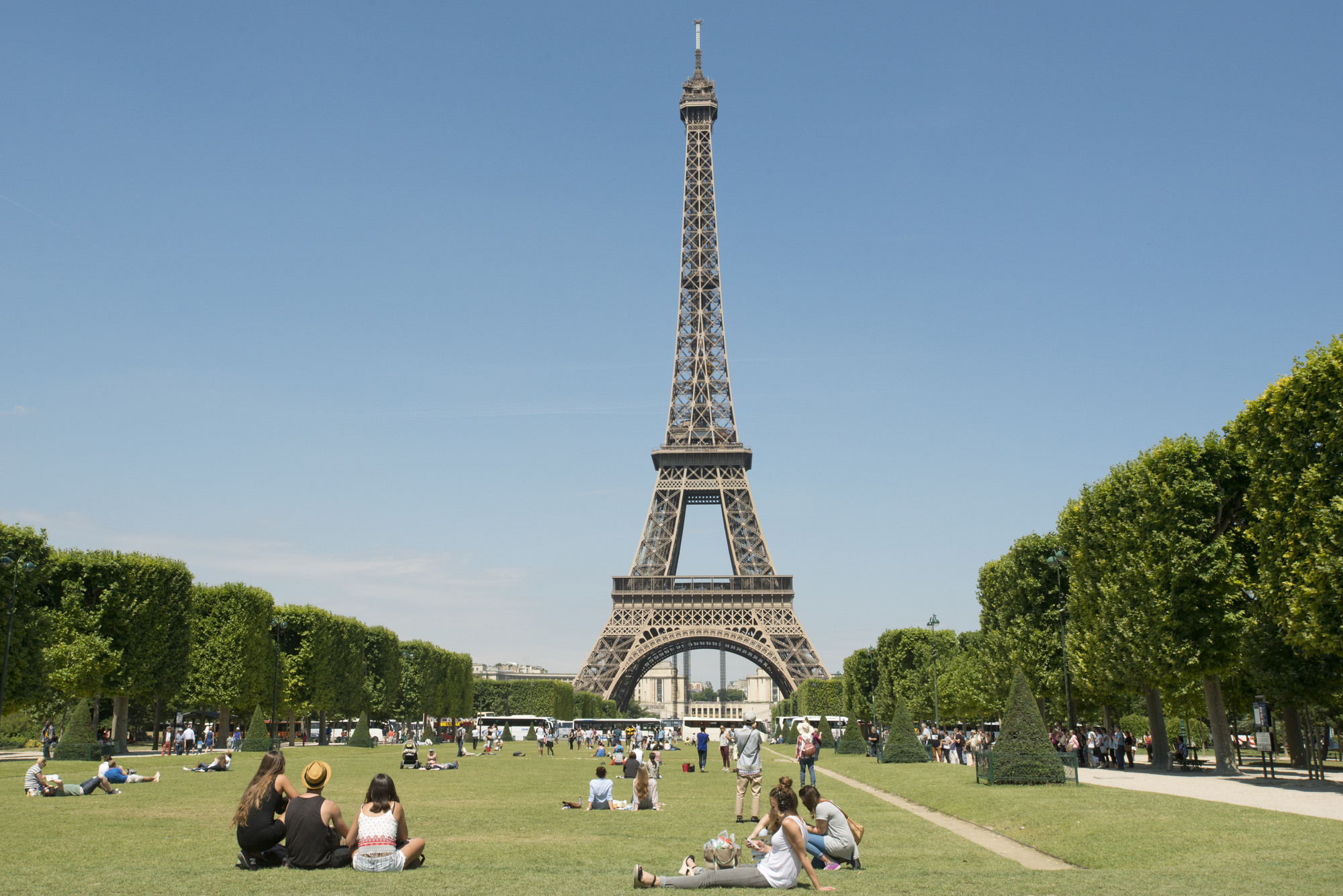
Recently, Pritzker Prize winner Jean Nouvel has been in the news for all the wrong reasons; after his Philharmonie de Paris opened ahead of schedule in January this year, he has been involved in a very public battle to have his name removed from the project to distance himself from the "aberrational decisions" of the client. In this interview, originally published by the Huffington Post as "Interview With Jean Nouvel," Elena Cué sits down with Nouvel in his Paris Studio to talk about his inspirations, the phenomenon of architectural eroticism, and why he is often disappointed with his completed works.
Elena Cué: The anti-Le Corbusier architect Claude Parent was your mentor when you were starting out at the age of 21. Please tell me about what meeting him meant for your career. You were actively involved in May 68 with a radical stance against the educational model of the École des Beaux-Arts in Paris. What were the things you demanded?
Jean Nouvel: I felt that his studio was one of the most creative at that time. He and his partner, Paul Virilio, created a space where a new approach to architecture could evolve. Paul became a very well-known philosopher and thinker of the time. I joined the intellectual rebellion of "May 68" and it certainly impacted my architectural style in terms of its criticism of the way in which French cities have traditionally been constructed. Later on, I joined with them to create the "March 1976 Movement," which demanded that the design of French cities no longer follow the same traditional model. Soon after, the architecture trade union was formed. It was a time of intellectual excitement.
































.jpg?1431540151)




.jpg?1431461903)
.jpg?1431461996)
.jpg?1431461914)
.jpg?1431461954)
.jpg?1431462140)




